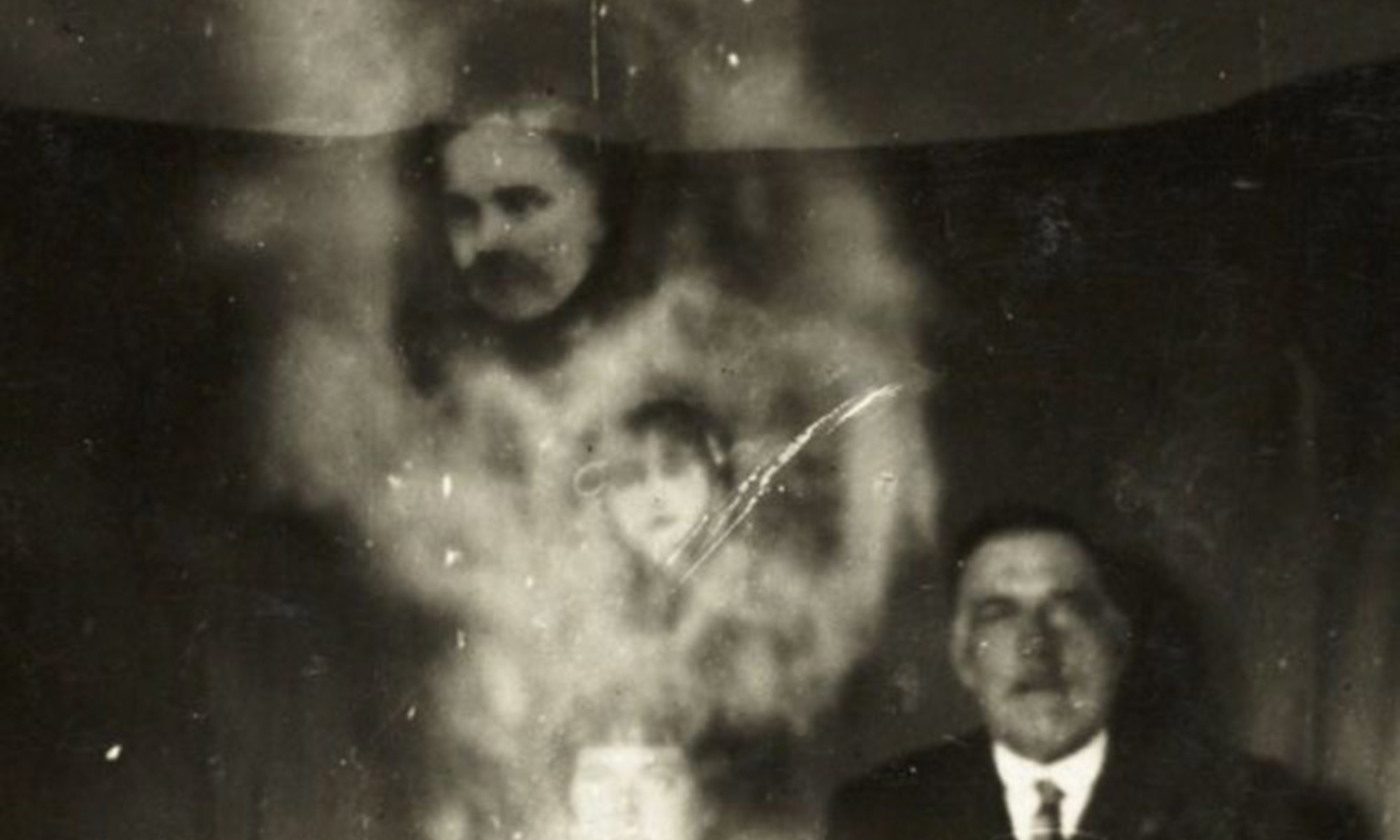Ghosts and spirits are two of the most commonly known supernatural entities that have been an integral part of every culture and civilization since ancient times. Ghosts are often defined as the disembodied spirits of the deceased that remain on earth and can haunt specific locations or people. Spirits, on the other hand, exist in the world alongside human beings but are beyond the physical realm. Ghosts are often depicted as malevolent entities, tied to specific locations, while spirits are believed to be benevolent entities that possess healing energies and can provide guidance to the living. Ghosts are often viewed as harmful in Western culture, while in Asian cultures, they were viewed as protective spirits of ancestors. Spirits are often depicted as benevolent entities in many cultures and are associated with positive energies and healing powers.
Ghosts vs. Spirits: Comparing the Powers and Limitations of Supernatural Entities in Folklore Around the World
Introduction
Supernatural entities are an intricate part of folklore around the world. Ghosts and spirits are two of the most commonly known supernatural entities that have been an integral part of every culture and civilization since ancient times. Despite the fact that both types of entities are associated with the supernatural, they differ in their nature, characteristics, and capabilities. In this article, we will explore the differences between ghosts and spirits, analyze their powers and limitations, and see how they are portrayed in popular folklores around the world.
The Definition of Ghosts and Spirits
The definition of ghosts and spirits can vary depending on the culture and region. Ghosts are often defined as the disembodied spirits of the deceased that remain on earth and can haunt specific locations or people. Spirits, on the other hand, are defined as the supernatural entities that exist in the world alongside human beings but are beyond the physical realm. They are often believed to be the intermediaries between the living and the dead.
Powers and Capabilities of Ghosts
Ghosts are often depicted as malevolent entities with the ability to cause harm to the living. They are often associated with negative energies and are believed to be drawn to locations where they once lived or to people they had a connection to in life. Ghosts have been reported to move objects, produce strange noises, cause electrical malfunctions, and even appear as physical apparitions. However, they are often tied to specific locations and are not able to leave those locations or travel outside of them.
Powers and Capabilities of Spirits
Spirits, on the other hand, are believed to be benevolent entities that possess healing energies and can provide guidance to the living. They are often depicted as ethereal beings that can travel freely between the physical and spiritual plane. Spirits are believed to have the power to channel positive energy and offer comfort to those in need. They are often associated with protective energies and are believed to ward off negative energies.
Limitations of Ghosts
Ghosts are often limited by the negative energies that surround them. They are unable to move on from their earthly existence and remain stuck in a particular location or within a particular behavior. They are often depicted as restless entities that are unable to find peace or closure. Ghosts can be trapped within specific locations or objects and can only influence the people within the proximity of their existence.
Limitations of Spirits
Although spirits are believed to be powerful entities, they also have limitations. Spirits can only interact with the physical world to a limited extent and can only provide guidance or comfort to those who seek it. They are often limited by their ability to manifest in the physical world and can only do so under certain conditions. Additionally, because spirits do not always have physical form, it can be difficult for them to communicate with the living in a meaningful way.
How Ghosts and Spirits are Viewed in Different Cultures
Ghosts and spirits are viewed differently in different cultures. In Western culture, ghosts are often viewed as malevolent entities that can cause harm to the living. In contrast, in Asian cultures, ghosts are often viewed as the protective spirits of ancestors that can bring good fortune to the family. Spirits are often depicted as benevolent entities in many cultures and are associated with positive energies and healing powers. In some cultures, ancestral spirits are believed to connect the living with their ancestors, and seek guidance and support.
Conclusion
Supernatural entities, such as ghosts and spirits, have been a part of folklore around the world for thousands of years. While they share some characteristics, they also have fundamental differences. Ghosts are tied to specific locations, often negative entities that are limited in their power, while spirits are ethereal beings capable of travelling freely between realms and offering positive guidance and healing energy to those who seek it. The depiction of these supernatural entities varies in different cultures, and it is fascinating to study how they are viewed and portrayed in popular folklore around the world.
